Tallaganda National Park
Learn more
Learn more about why this park is special
Tallaganda National Park is a special place. Here are just some of the reasons why:
Wild inhabitants
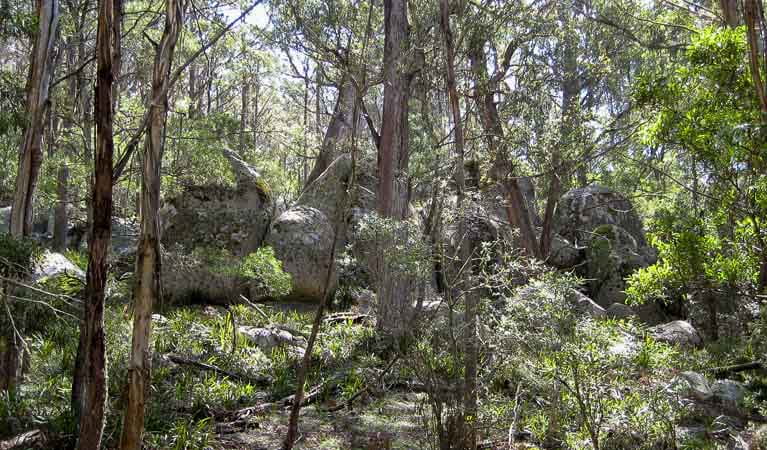
Because there is such a range of environments, many animals call Tallaganda National Park their home. Some, like the echidna, spotted-tail quoll, and red-necked wallaby, are quite numerous. The forest is home to many tree-dwelling animals, including the greater glider, sugar glider, and vulnerable eastern pygmy possum, all of which are more likely to be seen as dusk falls, as are some of the bats that live here. The park is also an important habitat for some far less cute creatures, including funnel web spiders (so take care) and velvet worms, which look quite like caterpillars, live on logs and bear live young. More than 55 species of birds have been reported as living in Tallaganda National Park. Nocturnal birds like the white-throated nightjar, and powerful and barking owls, can be heard after dark – the latter has a call that ranges from a dog-like bark to a high-pitched scream. During the day, watch out for pink robins, olive whistlers and flame robins, and, if you’re walking through casuarinas on some of the dry, western ridges, you’ll likely see (and hear) glossy black cockatoos.
Way to grow
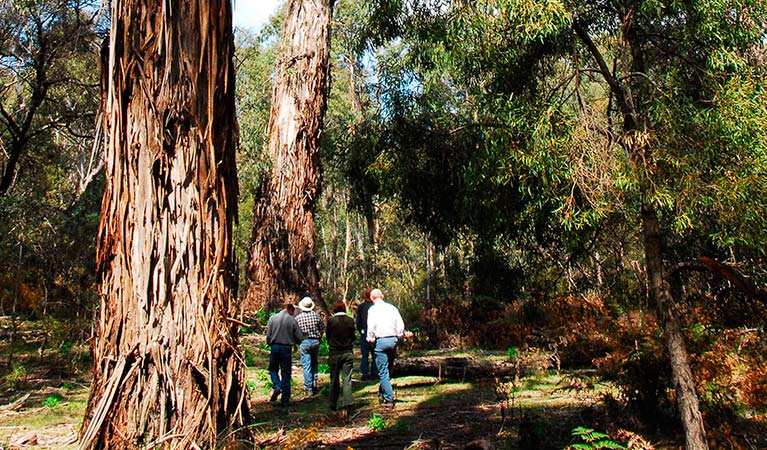
There’s a diverse range of forest types represented in Tallaganda National Park, including moist forest, dry forest, and smaller amounts of low open forest and subalpine woodlands, particularly in the southern section of the park which features snow gums. This is the best place to go looking for wildflowers during spring, when bluebells and buttercups sprout through the short grass. There’s also some rare high-altitude swampland that’s part of the Montane Peatlands and Swamps Endangered Ecological Community.
Fun for all
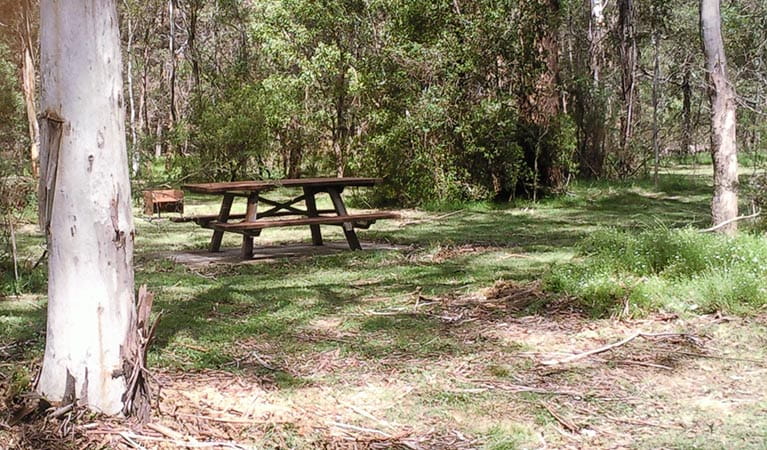
While there are few facilities at Tallaganda, there’s lots of opportunity to get back to nature. Fire trails cross the park and are great for mountain bikers, and some of the walks are for experienced, self-reliant walkers (always take a topographic map with you). Those with a 4WD might like to bump across these trails in their vehicles. There’s also a campground and picnic area at Mulloon Creek that’s accessible by 2WD and is a great spot for overnight camping.
Plants and animals protected in this park
Animals
-
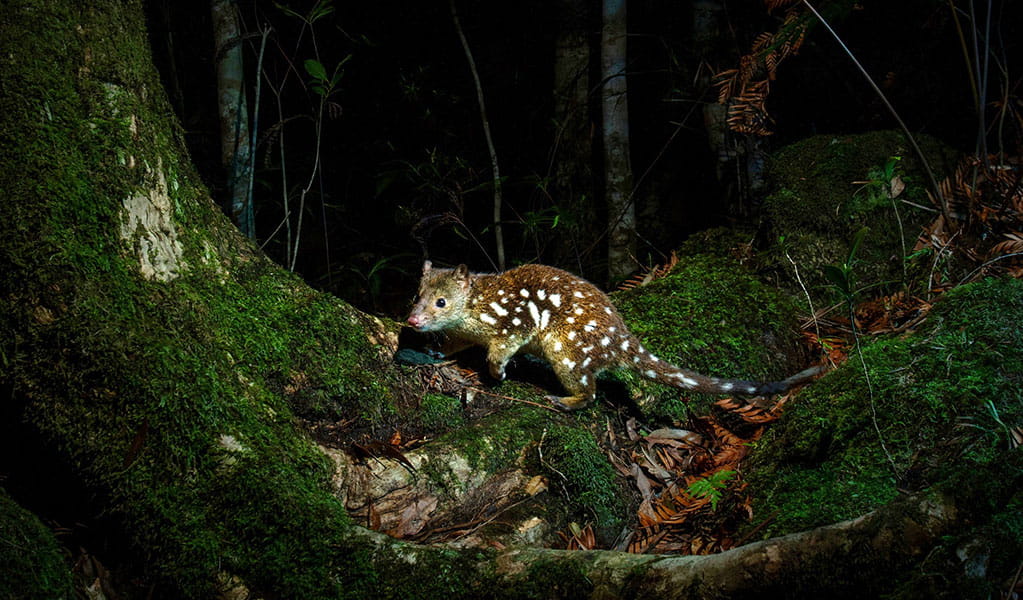
Spotted-tailed quoll (Dasyurus maculatus)
The spotted-tailed quoll is the largest remaining carnivorous marsupial on the Australian mainland. It’s protected as a vulnerable species in NSW.
Look out for...
Spotted-tailed quoll
Dasyurus maculatus
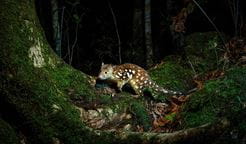
The spotted-tailed quoll is the largest remaining carnivorous marsupial on the Australian mainland. It’s protected as a vulnerable species in NSW.